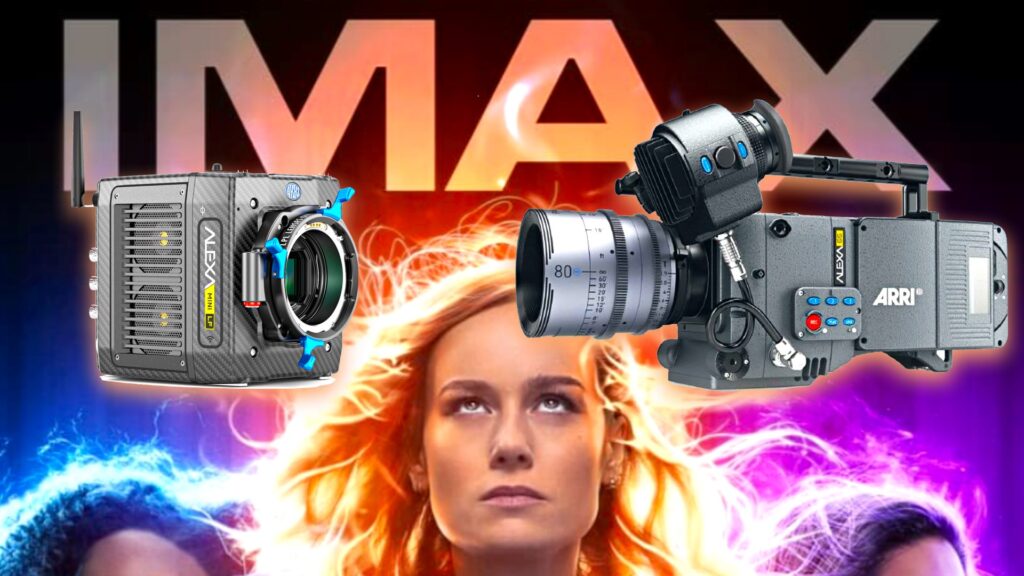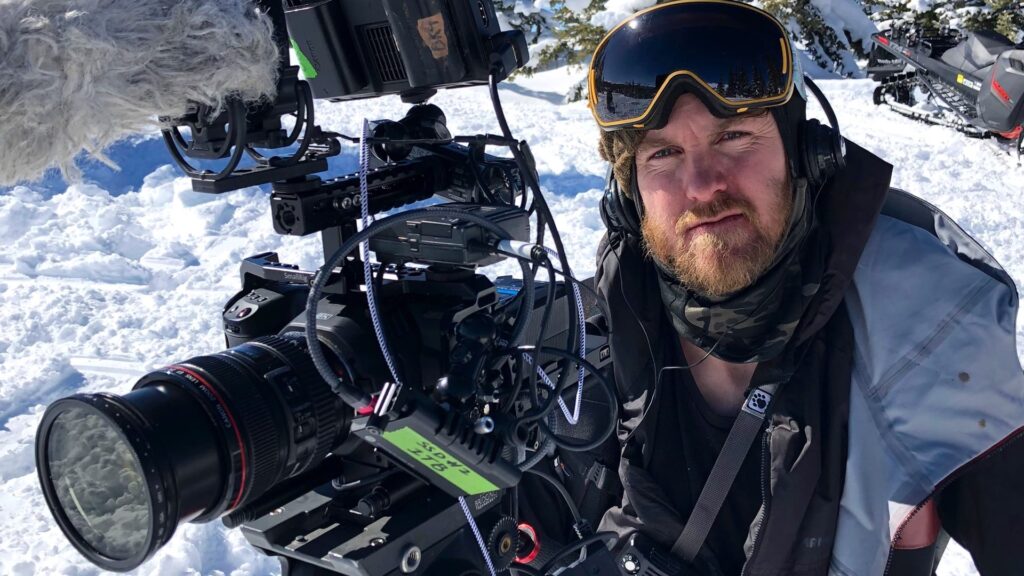This white paper titled “Cameras and LED Walls — A Challenging Relationship,” which is presented by Klaus Weber, Director Camera Product Line Manager at Grass Valley, sheds light on the complicated and delicate link, between cameras and LED walls. This white paper touches, summarizes, and grants tips and tricks, so optimal results can be achieved.
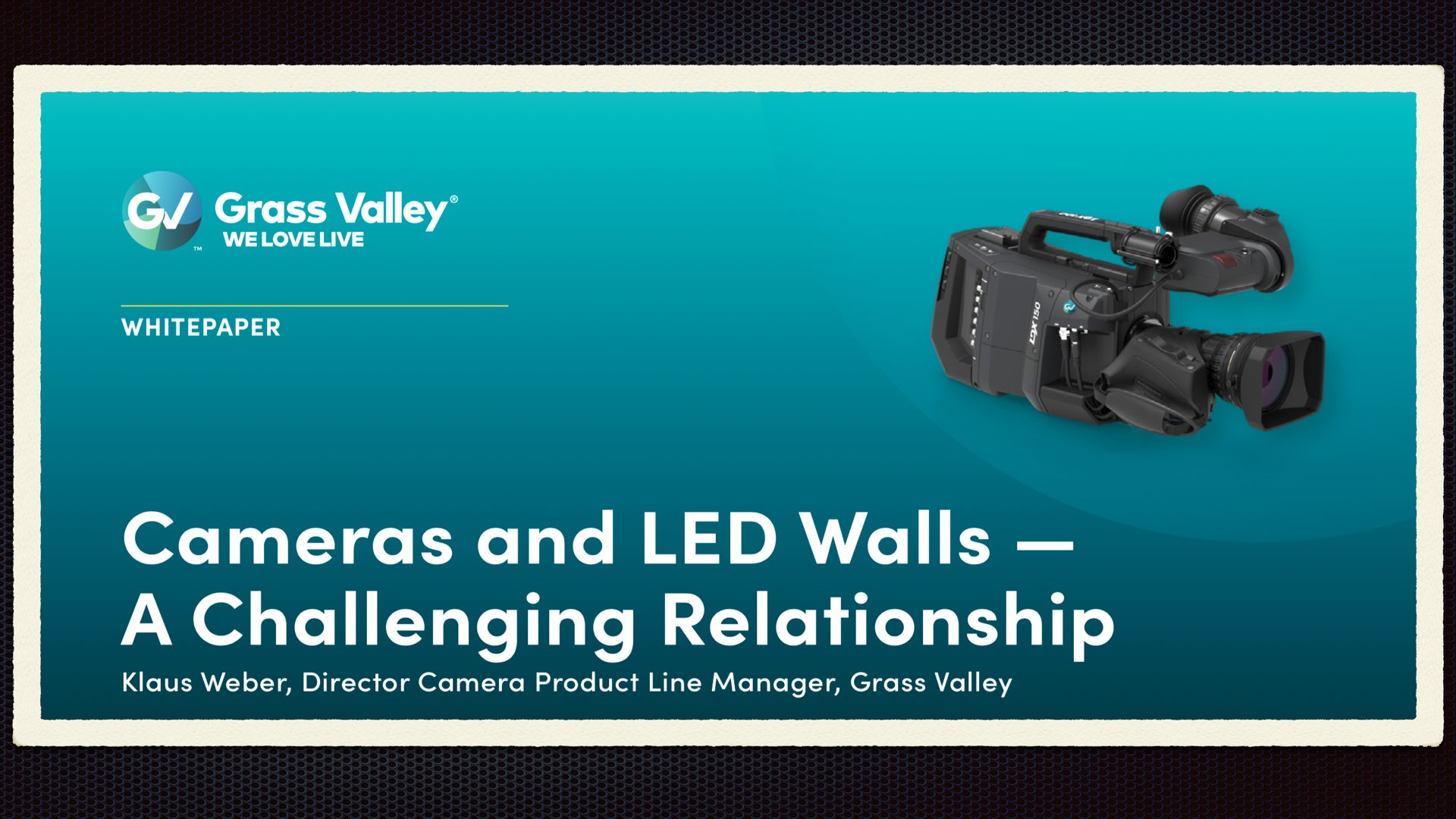
Cameras and LED Walls — A Challenging Relationship
We’re delighted to share this insightful white paper titled “Cameras and LED Walls — A Challenging Relationship,” presented by Klaus Weber, Director Camera Product Line Manager at Grass Valley. This paper, initially showcased at the SMPTE 2023 Media Technology Summit last month, delves into the intricate challenges faced in combining cameras with LED walls, which have become integral elements in various media and entertainment applications. LED walls have transformed scene design in media and entertainment, playing a pivotal role in both physical and virtual settings. However, the synergy between cameras and LED walls is not without hurdles. The fundamental problem arises from the discrete pixel structures used by both LED walls and camera image sensors, leading to potential interference and limitations in image composition. The white paper explores these challenges and offers valuable insights into optimizing optical pre-filtering to mitigate these issues. By understanding the nuances of camera technology and its interaction with LED walls, professionals in the media and entertainment industry can make informed decisions, enhance image quality, and unlock new creative possibilities. Here are some selected citations from the white paper.
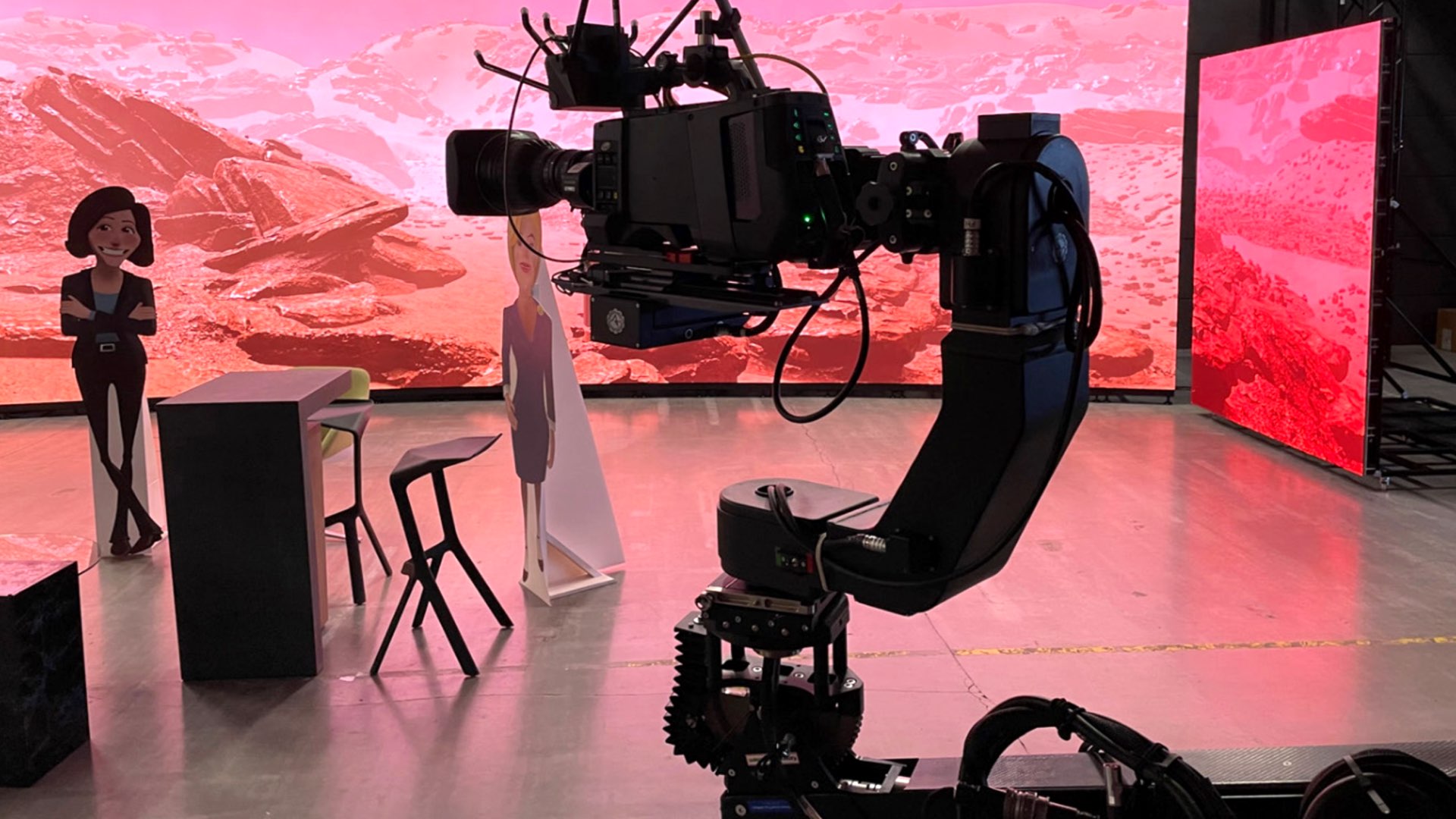
The rising popularity of LED walls
LED walls have become an important part of scene design in many media and entertainment applications, but LED walls are also being used more and more for virtual backgrounds and similar applications. However, there are several challenges in combination with cameras that often make it difficult to achieve an optimal result. A fundamental problem is that both the LED walls and the image sensors in the cameras use discrete pixel structures, which in certain cases can lead to interference between those two structures, so depending on the application, certain camera positions and image settings must be avoided, which in turn can lead to unwanted limitations in the image composition. There are limited ways to minimize this potential interference with a given LED wall, but on the camera side, there are some ways to get the best possible result through optimized optical pre-filtering. However, the extent of the problem depends heavily on the camera technology used. Cameras that have the same resolution for all three colors offer significantly more possibilities to enable the best possible optical pre-filtering for the circumstances.
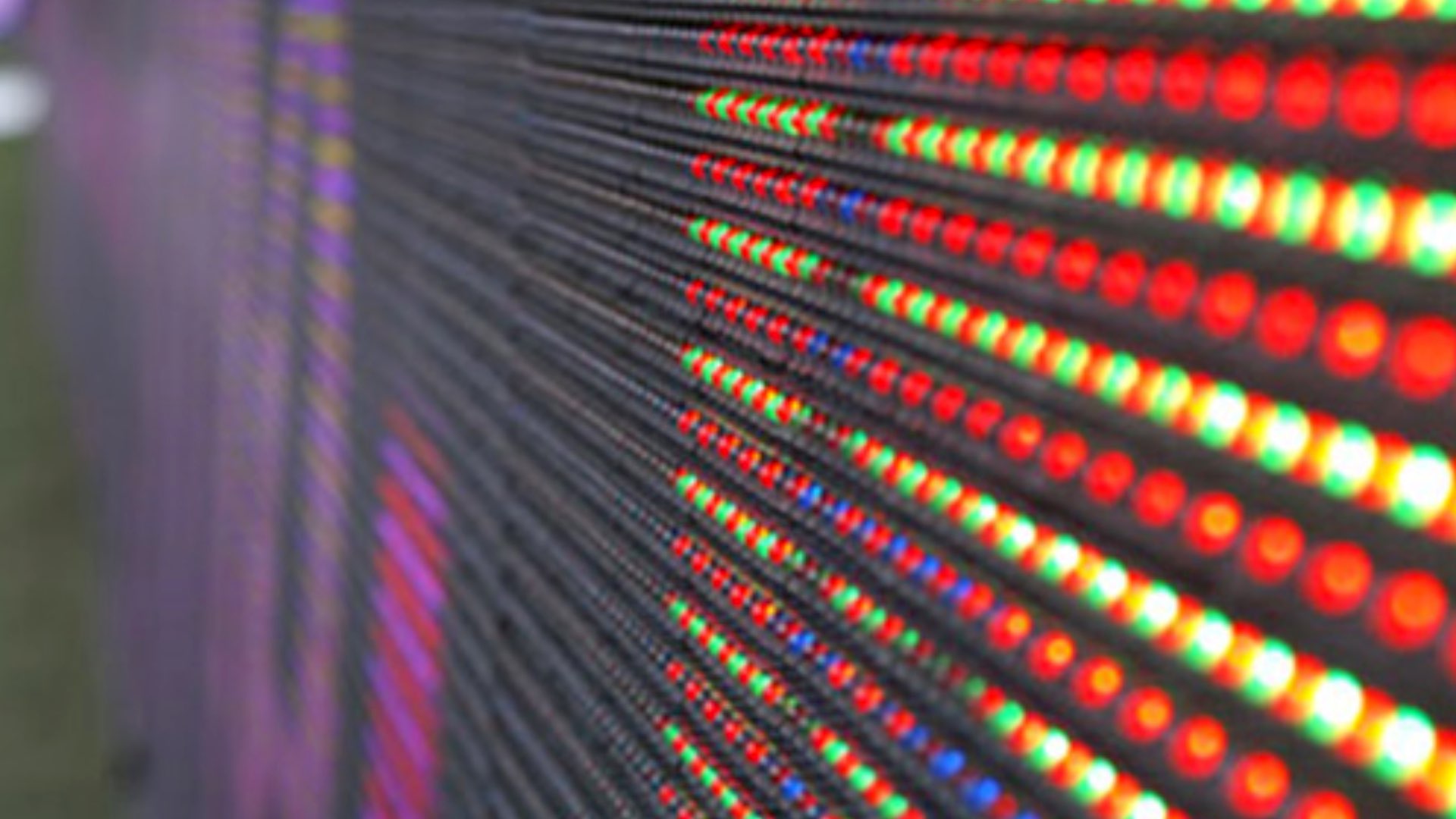
The advantages of global shutter cameras
In new applications, especially in VR and AR, where the LED wall is operated at an increased frame rate, pose completely new challenges for image capture technology. For these challenges, it is of crucial importance that the image sensors in the camera have a global shutter because this is the only way to expose and read out all image elements simultaneously in a short time exposure. Additionally, there are possibilities, especially on the camera side, to create a smoother and easier integration of cameras into the production environment. For example, through new functionalities such as the implementation of a delay circuit between the image sensors and signal processing for shifting the exposure moment.
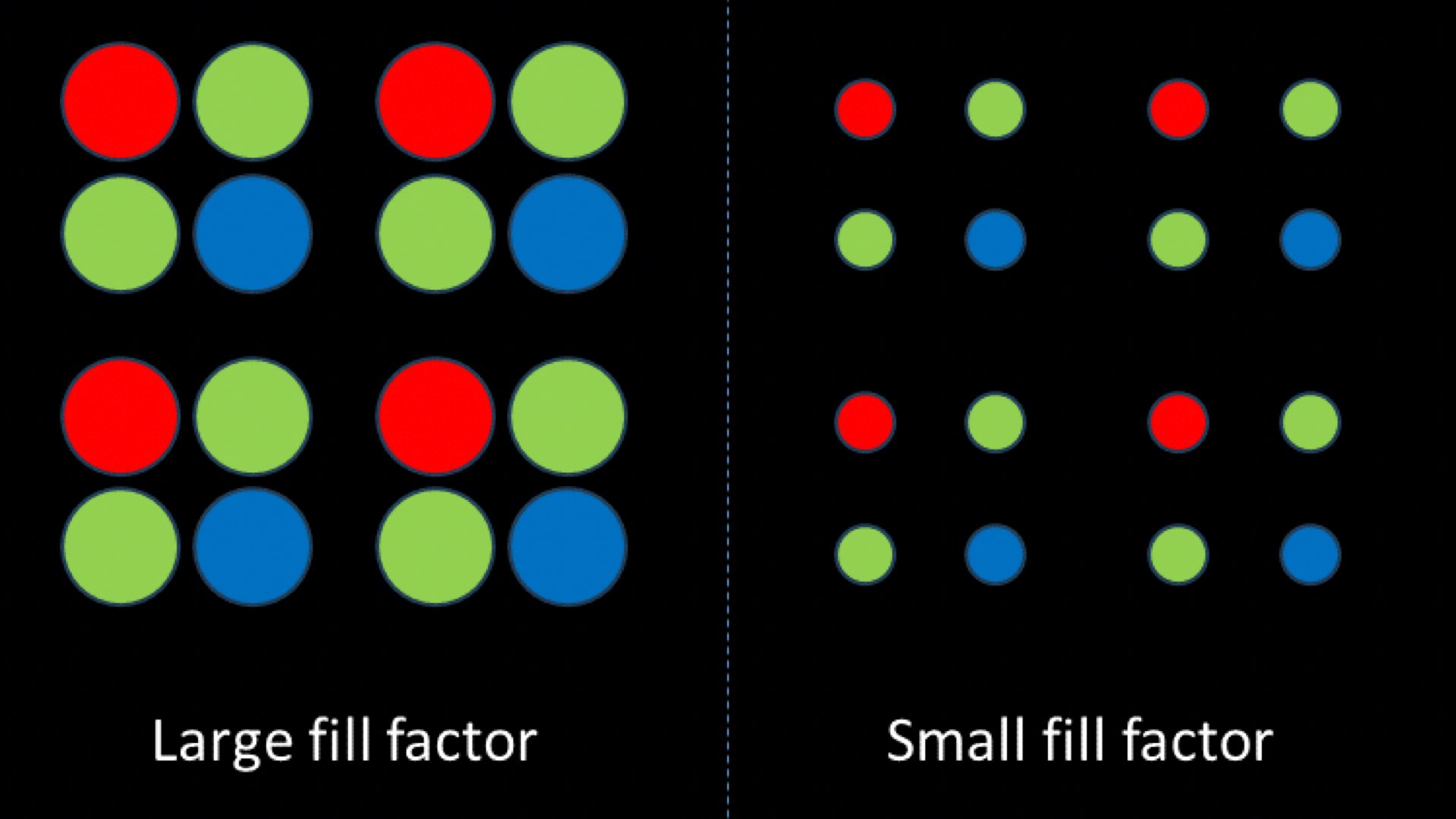
Fill factor and pixel pitch
In principle, LED walls with a smaller pixel pitch are always preferred, but the fill factor must also be taken into account, with a larger one always delivering better results. However, a smaller pixel pitch with the same wall size also means higher resolution, which in turn requires more effort from the image processors. It is therefore not always possible to choose an LED wall that is free of all restrictions, due to the availability of the required size, or much more trivially, due to the costs.
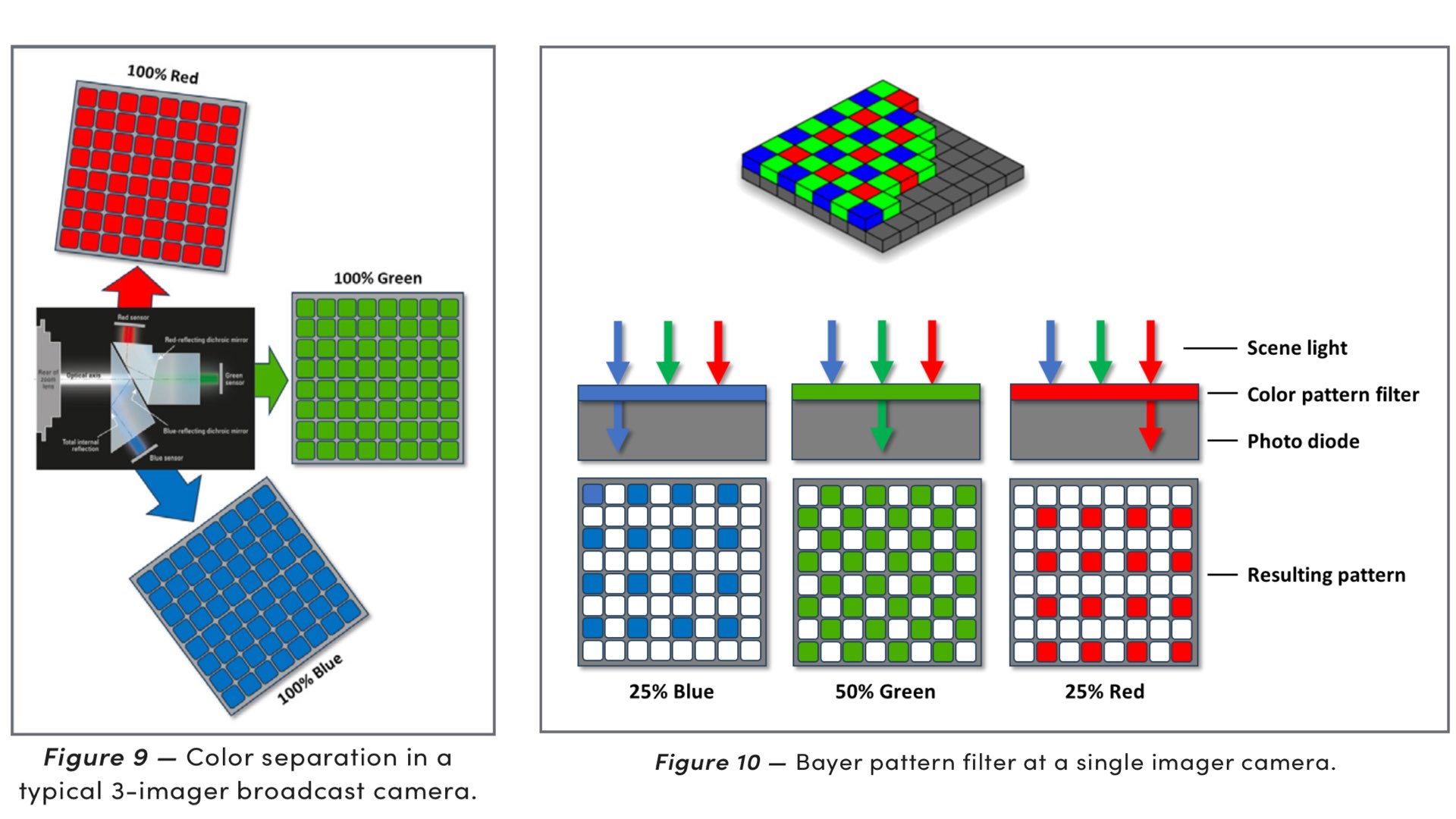
Camera sensors
Only CMOS image sensors are used in professional cameras today. Earlier versions often had a rolling shutter, but most current sensors have a global shutter. With global shutter operation, all pixels are always read out and reset simultaneously in all operating modes, whereas with rolling shutter operation, each pixel has a different exposure moment in time. In most applications, when capturing LED walls, there is no big difference between the two shutter versions. However, it should be noted that there are certain applications that only work with a global shutter. These are, for example, all applications in which the LED wall is operated with an increased frame rate and a short-term exposure is used on the camera in order to take a picture of the LED wall at a specific point in time.
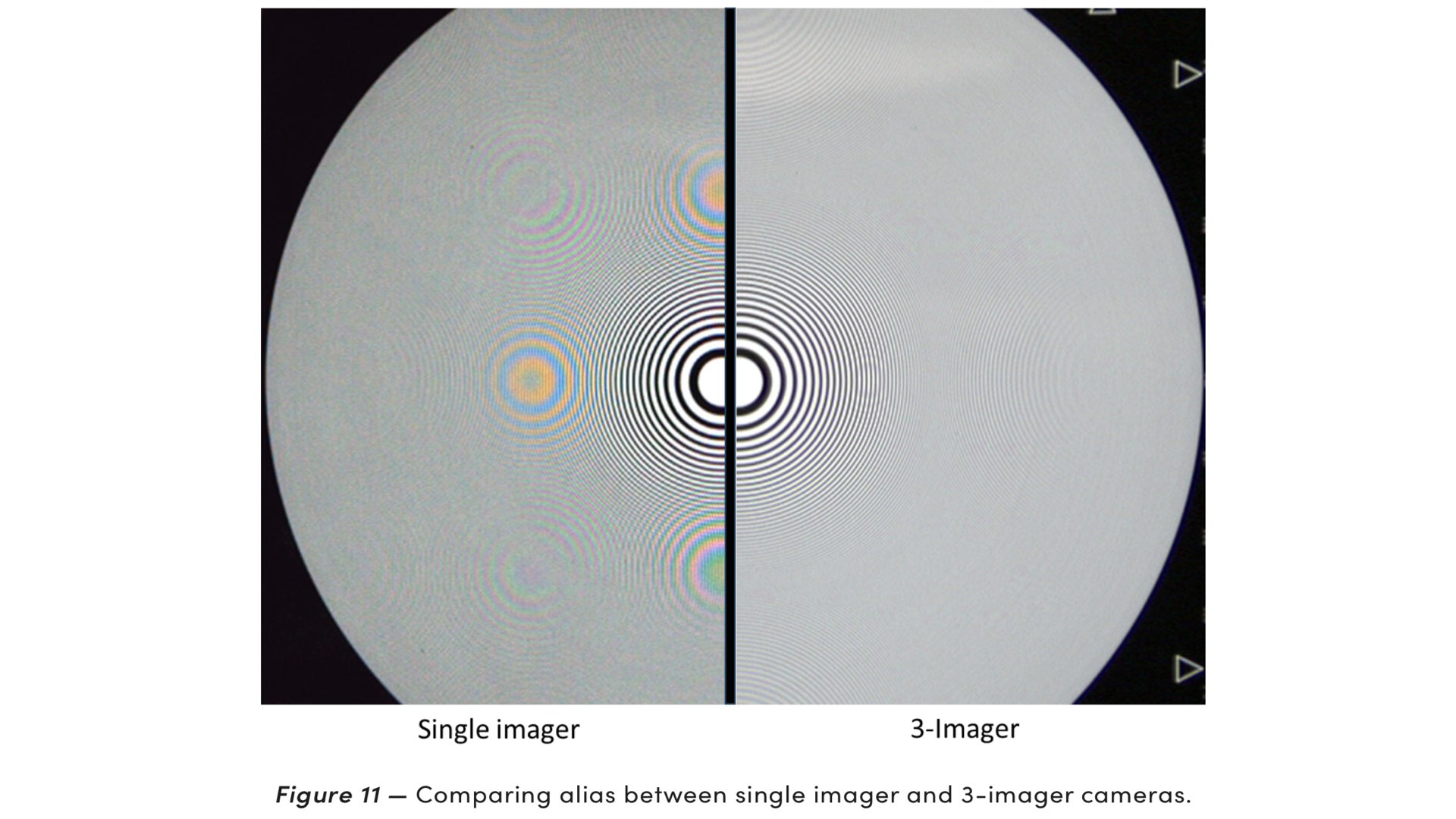
Conclusion
As the title of the paper indicates: “Cameras and LED walls — A challenging relationship,” the use of cameras together with LED walls brings with it some special challenges. But as is so often the case, there are solutions to achieve the best possible result despite the challenges. This starts with additional optical low-pass filters in the camera that are optimized for LED applications, continues with additional delay circuits in the camera signal processing for freely determining the exposure time, and through to high-speed cameras with three 2/3” image sensors that can be operated natively with UHD pixel scanning in the required frame rate. More factors mentioned in the white paper are Resolution/Sharpness, Optimized Filtering for Alias-critical Situations, and Single Versus 3-imager. You can read and download the white paper here.


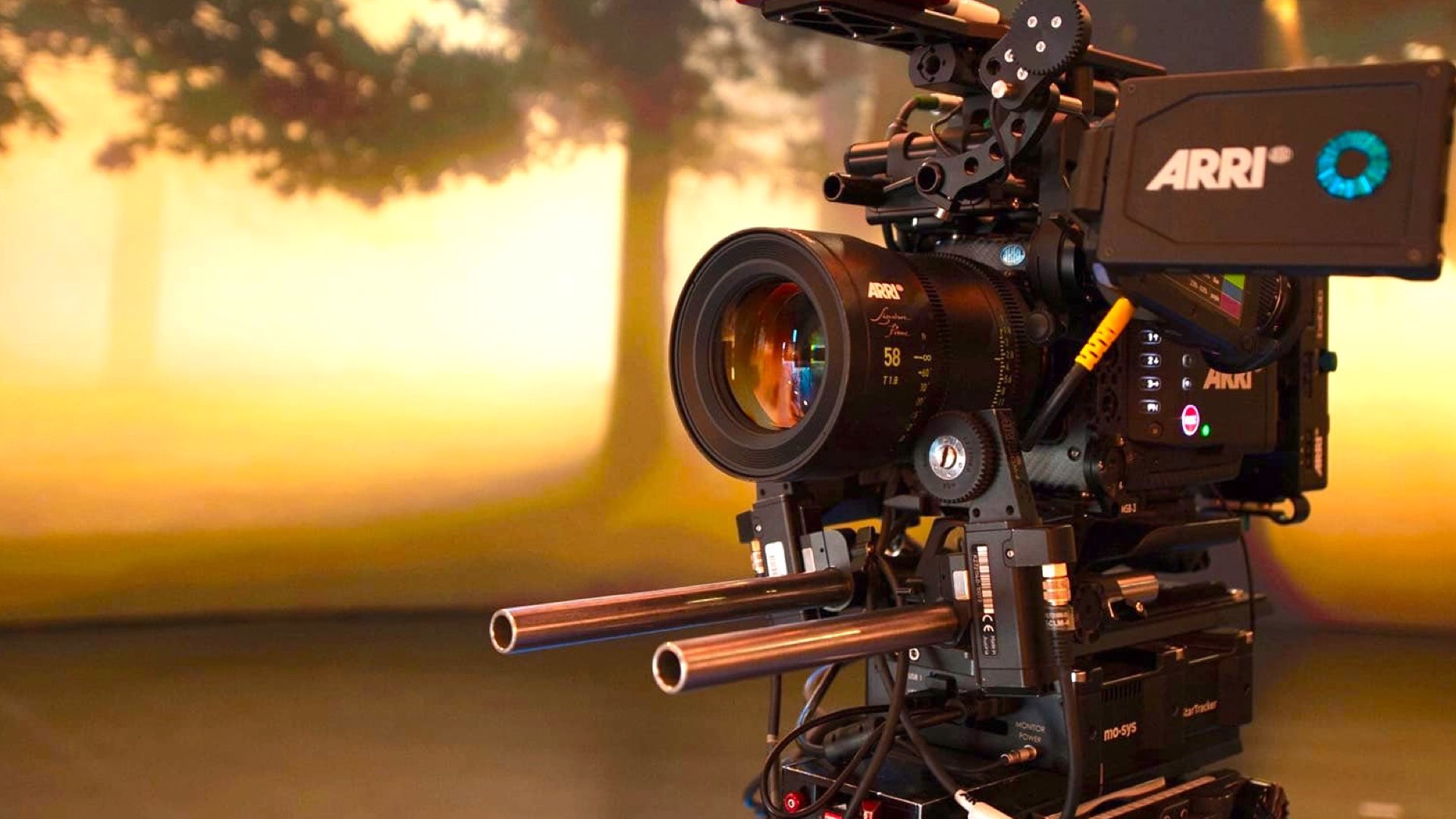

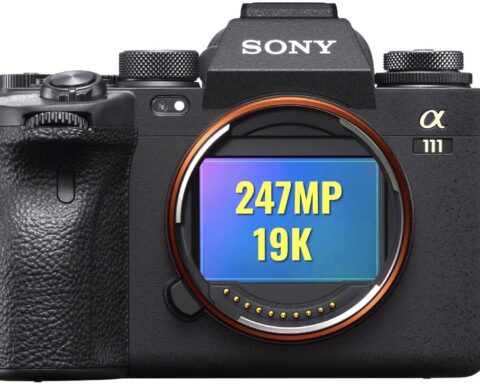
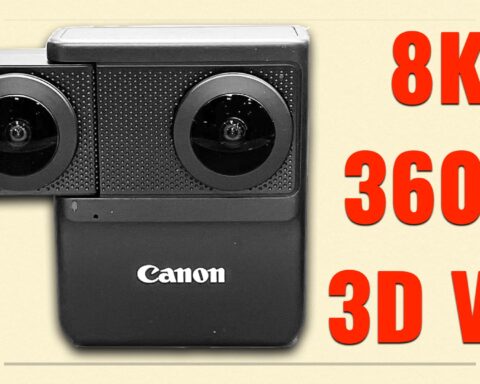
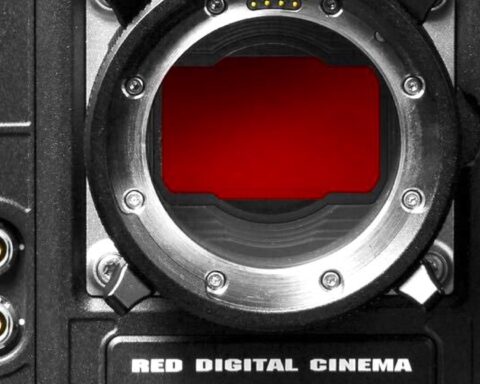
![RED V-Raptor [X]: Extended Highlights Explained](https://u7s8g8p6.rocketcdn.me/wp-content/uploads/2024/01/RED-V-Raptor-X-Extended-Highlights-Explained.001-480x384.jpeg)
![RED Announces V-Raptor [X] and XL [X]: World's First Large Format Global Shutter Cinema Cameras](https://u7s8g8p6.rocketcdn.me/wp-content/uploads/2024/01/RED-Announces-V-Raptor-X-and-XL-X-Worlds-First-Large-Format-Global-Shutter-Cinema-Cameras.001-480x384.jpeg)

